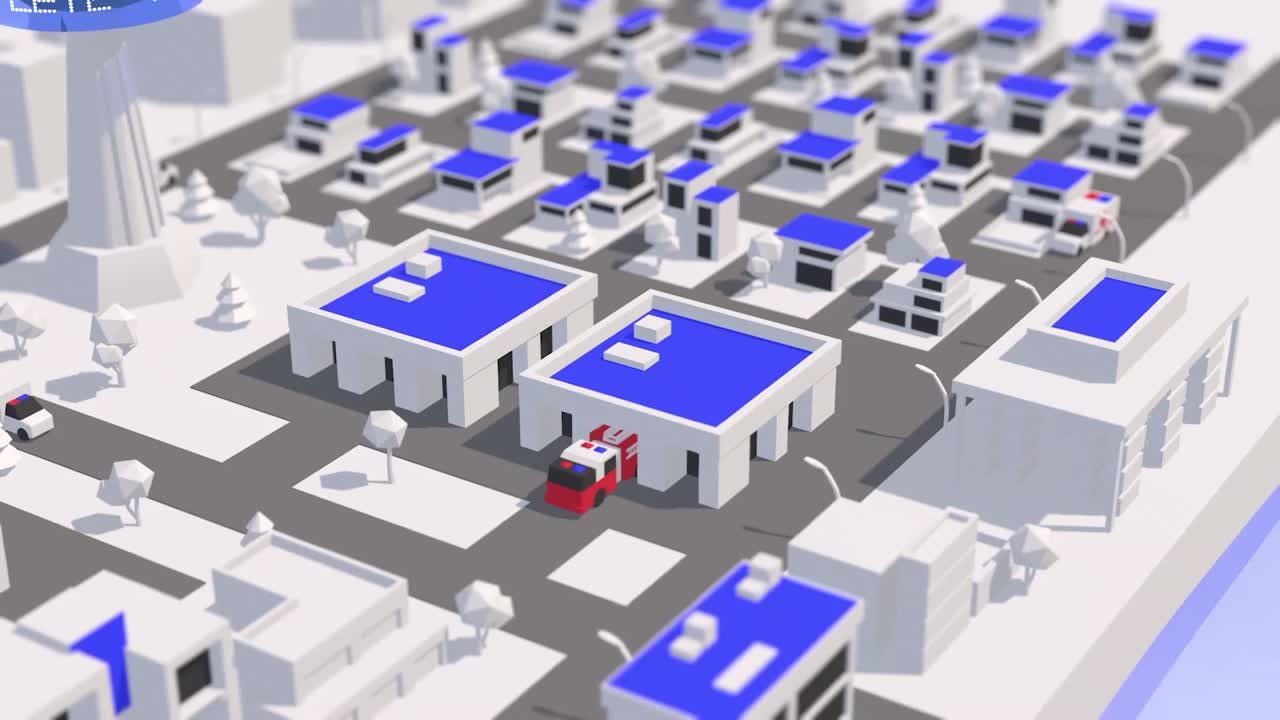In any emergency medical response, having accurate patient care reports is absolutely crucial. These reports, also known as electronic patient care reports or EPCRs, lay out all the key details of an incident from the moment responders arrive on scene to when the patient is transported or cared for. With so much relying on the information captured in an EPCR, it’d greatly help to understand their indispensable role in emergency services for anyone in the industry.
Table of Contents
The Importance of EPCRs
For starters, EPCRs serve to document all patient care encounters in a clear, comprehensive manner. This includes collecting critical data like the patient’s condition, any treatment provided, timeline of events, and more. Not only does this allow responders to effectively communicate what transpired to colleagues, but it also supports important downstream tasks.
For one, EPCRs enable hospitals and clinics to bill for emergency services appropriately. They also facilitate quality assurance and help agencies measure performance over time. Furthermore, EPCR data feeds into state and national registries to support public health monitoring. Their documentation provides legal protection too in the event of audits or lawsuits.
Perhaps most significantly, EPCRs guide continuing patient care. They travel with the individual to the emergency department so physicians have immediate access to the patient’s history and status. With so many relying on the information stored in EPCRs, it’s not an overstatement to say they can influence lives.
Compliance and Quality Assurance
Beyond direct patient care, EPCR serves important administrative roles as well. Documentation collected via EPCR flows seamlessly into various incident reporting systems mandated by governing bodies. Automatic population of required data fields eliminates busywork for clinicians and facilitates compliance with regulatory standards. Agencies also leverage aggregated EPCR data to identify opportunities for quality improvement. Analyzing metrics like response times, on-scene times, and protocols can help streamline operations and optimize ambulance services for communities.
EPCR in the Future
As technology progresses, so too will the capabilities of electronic patient care reporting. Integration with advanced tools like medical record viewers and predictive analytics promises to further enhance pre-hospital care. Patients may soon be able to securely access their own EMS records online.
As 5G networks rollout, high-speed internet in ambulances will enable real-time transmission of vitals and 12-lead EKGs to receiving facilities. This will allow specialists to remotely consult on cases during transport.
Choosing the Right EPCR Solution
With EPCR being such a defining component of modern emergency medical services, choosing the right software provider is paramount. Key considerations include compatibility with existing record-keeping systems, user-friendly interface design, cloud hosting, customized reporting capabilities, and ongoing product support.
It is also crucial the selected platform meets all applicable compliance standards and ensures patient data remains completely secure. Above all else, the top priority must be selecting a partner dedicated to continuously enhancing EPCR to support the lifesaving work of paramedics and EMTs every step of the way.
In Conclusion
While often behind-the-scenes, electronic patient care reporting truly forms the foundation of coordinated, effective emergency response. From its inception, EPCR has radically transformed documentation workflows and allowed emergency clinicians to devote more energy to patients’ needs. Moving forward, advancements will only strengthen EPCR’s important role in streamlining operations, facilitating compliance, and enabling the highest level of integrated care.






